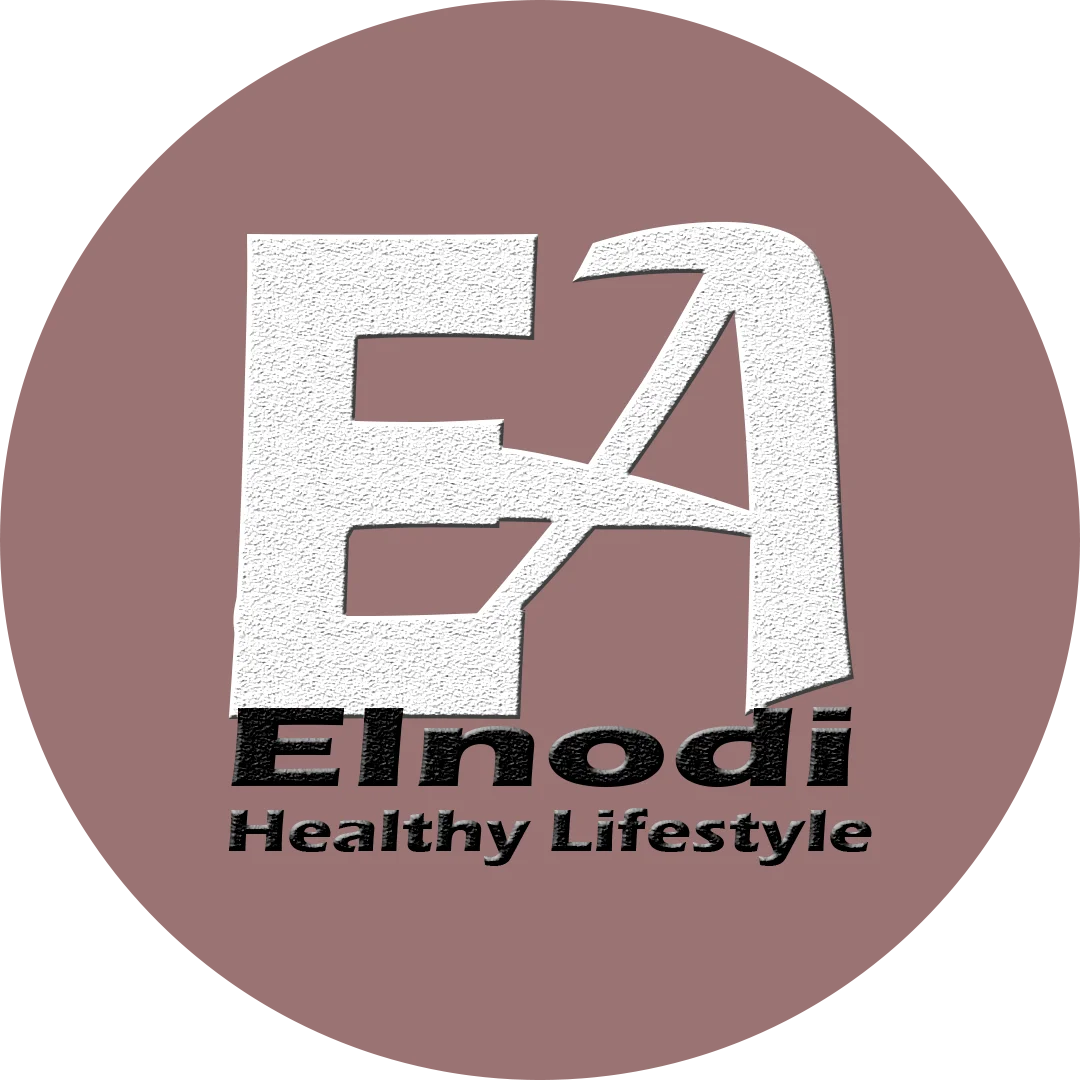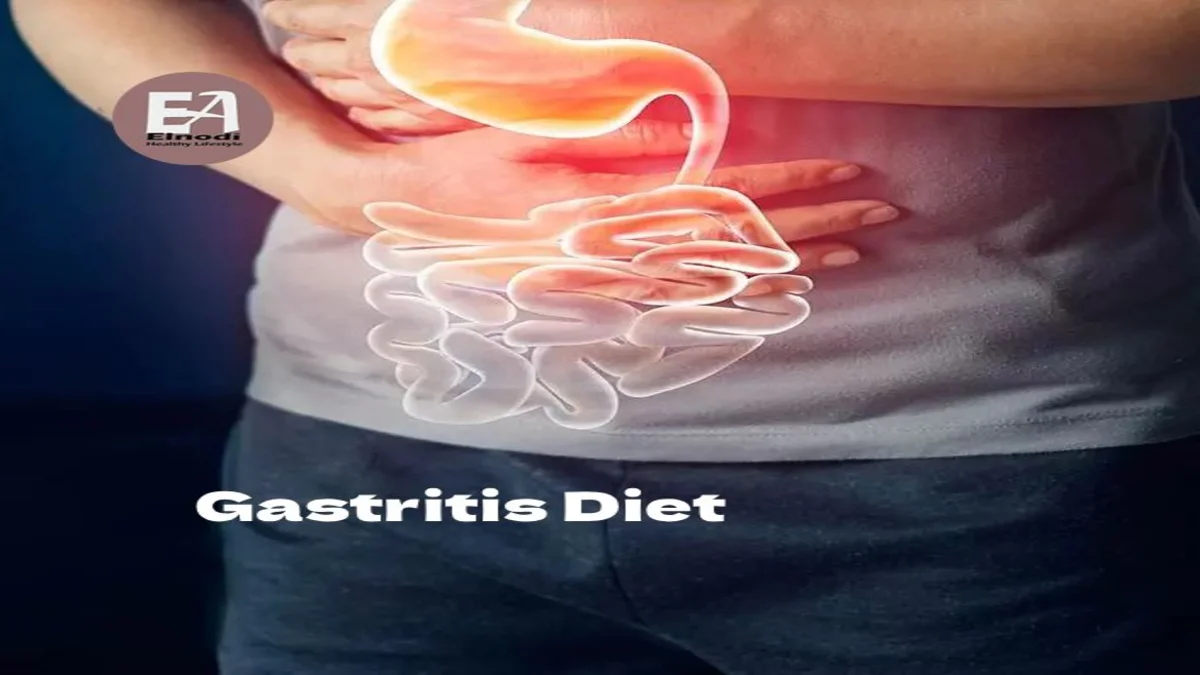Embark on a journey of wellness with Pine Nuts benefits, where nature’s tiny treasures pack a powerful punch for your health. Revered for centuries, pine nuts have emerged as more than just culinary delights-they are the unsung heroes of holistic well-being. Rich in essential nutrients, these little wonders boast a myriad of benefits that go beyond mere taste.
First and foremost, pine nuts benefits are a nutritional powerhouse, loaded with heart-healthy monounsaturated fats, antioxidants, and essential minerals. Elevating cardiovascular health contributes to lower cholesterol levels and supports a robust immune system. Moreover, the exceptional blend of vitamins E and K found in pine nuts promotes skin rejuvenation and bone strength, offering a holistic approach to beauty and vitality.
In the realm of weight management, pine nuts stand out as a natural appetite suppressant. Packed with dietary fiber and protein, they provide a sense of satiety, curbing cravings and promoting a healthy metabolism. The unique composition of pine nuts also makes them a reliable ally in the fight against oxidative stress, combating inflammation, and promoting overall longevity.
Table of Contents
Pine nuts: what are they?
Pine nuts are the seeds of pine trees, despite the FDA’s classification of them as tree nuts1.
After being sun-dried, the pine cones are plucked to reveal these tiny gems nestled inside. While pine nuts are found on all pine trees, only a few species—Pinus koraiensis (Korean pine) and Pinus Siberia (Siberian pine)—produce enough pine nuts for commercial sale.
Because they need more time and labor to gather and prepare than other nuts and seeds, pine nuts are usually more expensive.
They are smooth to the touch and have a subtle flavor, somewhat like pine. They are frequently used in baked products like breads and cookies as well as pasta meals.
A well-liked nut in Italian cuisine, they also take center stage in dishes like pignoli pastries and pesto.
Pine Nut Nutritional Value
| Nutrient | Amount per 100g |
|---|---|
| Calories | 673 |
| Total Fat | 68.4g |
| Saturated Fat | 4.9g |
| Monounsaturated Fat | 18.8g |
| Polyunsaturated Fat | 34.1g |
| Cholesterol | 0mg |
| Sodium | 2mg |
| Potassium | 597mg |
| Total Carbohydrates | 13.1g |
| Dietary Fiber | 3.7g |
| Sugars | 3.6g |
| Protein | 13.7g |
| Vitamin E | 9.3mg (46% DV) |
| Vitamin K | 53.9µg (67% DV) |
| Thiamine (Vitamin B1) | 0.4mg (23% DV) |
| Riboflavin (Vitamin B2) | 0.2mg (11% DV) |
| Niacin (Vitamin B3) | 4.4mg (22% DV) |
| Vitamin B6 | 0.1mg (6% DV) |
| Folate (Vitamin B9) | 34µg (9% DV) |
| Calcium | 16mg (2% DV) |
| Iron | 5.5mg (31% DV) |
| Magnesium | 251mg (63% DV) |
| Phosphorus | 575mg (58% DV) |
| Zinc | 6.5mg (43% DV) |
| Copper | 1.3mg (65% DV) |
| Manganese | 8.8mg (440% DV) |
| Selenium | 1.8µg (3% DV) |
Pine Nuts Benefits
1. Weight Loss and Weight Management in a Healthy Way
Is it possible to lose weight with these buttery nuts? That is the million-dollar question. Yes, indeed! Pine nuts are a great appetite suppressant, which helps with weight loss. They offer a beneficial ratio of protein, fiber, and lipids that promotes fullness.
According to a study, pine nuts’ fatty acids help people control their weight. Their ability to suppress appetite reduces food consumption by 37%. The reason for this is that pinolenic acid, which is included in pine nuts, tricks your brain into thinking your stomach is full.
You can get sustained energy by eating pine nuts as a late-night or throughout-the-day snack. Its protein composition is mostly responsible for this energy. When your energy levels rise, you’ll be able to work out more to shed those excess pounds.
Nevertheless, eating pine nuts does not increase body weight. Furthermore, pine nuts alone cannot support a healthy body weight. Your overall food intake amount, degree of physical activity, and sleeping patterns all have a significant impact on how well you control your weight.
2. Glycemic Management
Pine nuts have a lot of phenolic chemicals, which help with blood sugar regulation. Furthermore, pine nuts unsaturated fats have positive impacts on blood glucose levels during fasting. Lastly, research indicates that the manganese mineral found in these little nuts reduces the risk of developing diabetes.
Pine nuts are acceptable five days a week. For the control of diabetes symptoms, a daily dosage of two tablespoons of pine nuts is adequate. Furthermore, it aids in preserving appropriate fasting blood glucose levels without raising concerns about excessive weight gain.
3. Pine Nuts Improve Brain Function
According to studies, omega-3 fatty acids protect the brain by delaying cognitive aging. They lessen the likelihood of dementia and depressive symptoms.
Rich in brain-boosting Omega-3 fatty acids are pine nuts. Pine nuts are therefore crucial for older persons to avoid dementia associated with aging. Pine nuts also provide you with iron, which helps to maintain the health of your brain by storing and transferring oxygen into the blood.
4. improves heart wellness
Heart disease risk is increased by high blood cholesterol or the infamous low-density lipoproteins (LDL). High LDL causes arterial constriction and plaque accumulation, which can result in a heart attack or stroke. Pinolenic acid, a polyunsaturated fatty acid, is abundant in pine nut oil.
According to studies, it could increase the liver’s poor cholesterol metabolism, which would reduce LDL levels in the body.
Three servings of pine nuts per week are beneficial to heart health. Pine nuts reduce cholesterol because they are a good source of magnesium, monounsaturated fats, and vitamin E. Pine nuts added to a healthy diet may be good for the heart.
5. Rich in Magnesium
Pine nuts are a good source of magnesium, a mineral that is believed to improve mood. Magnesium, as its name implies, relaxes the body, elevates mood, and enhances sleep. Pine nuts are the real thing for treating magnesium shortage; 1 oz, or 28.4 g, contains 71.2 grams of magnesium. Eating these nuts can benefit the elderly population just as much as it can adolescents and young adults.
Magnesium reduces anxiety, tension, and sadness. Because pine nuts are high in magnesium, adolescents’ anxiety disorders and depression may improve with regular consumption of these essential nuts.
6. Pine Nuts Are Excellent for Vision
Pine nuts’ antioxidants and beta-carotene improve eye health. These nuts are also a great source of lutein and vitamin A, both of which promote the development of clear vision.
Pine nuts contain lutein, which protects the eyes from UV rays and shields the muscles from injury. Because lutein is not produced by your body, the majority of it comes from the food you eat. Consequently, eating pine nuts guarantees a steady supply of lutein.
Second, the antioxidants combat cellular aging, which may stop the decline of vision. Lastly, pine nuts’ plant pigments offer remarkable antioxidant qualities that help to ward against free radicals and enhance vision.
7. Supports Bone Health
Unbeknownst to most, vitamin K strengthens and grows bones more effectively than calcium. It is accurate. Even with a diet high in calcium, you run the danger of developing osteoporosis, fractures, and weak bones if you don’t get enough vitamin K.
Pine nuts provide dual benefits for the health of your bones. They are high in vitamin K and calcium. One of the two tree nuts with the highest concentration of vitamin K is pine nuts. Cashews are the other one, in case you were wondering.
8. Could Aid in Colon Cancer Prevention
A large-scale, case-control study conducted in Korea found a correlation between a lower incidence of colon cancer with the consumption of almonds, peanuts, and pine nuts. Pine nuts are a great option for promoting healthy digestion and preventing cancer because of their fiber content and antioxidant content.
Pine Nuts’ side effects
While pine nuts are generally safe for most people when consumed in moderation, some individuals may experience side effects. It’s essential to be aware of potential adverse reactions. Here are some common side effects associated with pine nuts:
- Pine Mouth or Pine Nut Syndrome: Some people may develop a temporary bitter or metallic taste in the mouth after consuming pine nuts. This condition is known as “pine mouth” or “pine nut syndrome.” It typically occurs 12 to 48 hours after consumption and can last for several days to a couple of weeks. Although not harmful, it can be unpleasant.
- Allergic Reactions: Allergies to pine nuts are rare but can occur. Individuals with tree nut allergies may be more susceptible to pine nut allergies. Allergic reactions can range from mild symptoms like itching and hives to more severe reactions like swelling of the face, lips, or tongue, and difficulty breathing. In severe cases, anaphylaxis can occur, which is a medical emergency.
- Digestive Issues: Eating too many pine nuts may cause digestive discomfort in some individuals. This can include symptoms such as nausea, stomach cramps, or diarrhea. Moderation is key to avoiding these issues.
- High Caloric Content: While pine nuts are nutrient-dense, they are also calorie-dense. Consuming large quantities regularly may contribute to an excess of calories, potentially leading to weight gain if not accounted for within a balanced diet.
It’s crucial to note that the majority of people can enjoy pine nuts without experiencing adverse effects. If you suspect an allergy or experience persistent side effects, it’s advisable to consult with a healthcare professional. Additionally, pregnant or breastfeeding women, and those with pre-existing medical conditions, should seek advice from their healthcare provider before making significant changes to their diet.
Pine Nuts Recipes
1. Pesto Pasta with Pine Nuts:

Ingredients:
- 2 cups fresh basil leaves
- 1/2 cup pine nuts
- 1/2 cup grated Parmesan cheese
- 2 cloves garlic
- 1/2 cup extra-virgin olive oil
- Salt and pepper to taste
- 1 pound pasta of your choice
Instructions:
- In a food processor, combine basil, pine nuts, Parmesan, and garlic. Pulse until finely chopped.
- With the processor running, slowly pour in the olive oil until the mixture is smooth.
- Season with salt and pepper to taste.
- Cook the pasta according to package instructions.
- Toss the cooked pasta with the pesto sauce.
- Toast additional pine nuts and sprinkle them over the pasta for extra crunch.
2. Roasted Brussels Sprouts with Balsamic and Pine Nuts:

Ingredients:
- 1 pound Brussels sprouts, trimmed and halved
- 2 tablespoons olive oil
- 2 tablespoons balsamic vinegar
- 1/4 cup pine nuts
- Salt and pepper to taste
Instructions:
- Preheat oven to 400°F (200°C).
- In a bowl, toss Brussels sprouts with olive oil, balsamic vinegar, salt, and pepper.
- Spread the Brussels sprouts on a baking sheet in a single layer.
- Roast for 20-25 minutes or until golden and crispy.
- In a dry pan, toast pine nuts until lightly browned.
- Sprinkle the roasted Brussels sprouts with toasted pine nuts before serving.
3. Mediterranean Quinoa Salad with Pine Nuts:

Ingredients:
- 1 cup quinoa, cooked and cooled
- 1 cup cherry tomatoes, halved
- 1 cucumber, diced
- 1/2 cup Kalamata olives, sliced
- 1/4 cup red onion, finely chopped
- 1/4 cup feta cheese, crumbled
- 1/4 cup pine nuts
- 2 tablespoons fresh lemon juice
- 3 tablespoons extra-virgin olive oil
- Salt and pepper to taste
Instructions:
- In a large bowl, combine quinoa, cherry tomatoes, cucumber, olives, red onion, and feta cheese.
- In a small pan, toast pine nuts until golden brown.
- In a separate bowl, whisk together lemon juice, olive oil, salt, and pepper.
- Pour the dressing over the quinoa mixture and toss to combine.
- Top the salad with toasted pine nuts before serving.
4. Pine Nut-Crusted Salmon:

Ingredients:
- 4 salmon fillets
- 1/2 cup pine nuts, finely chopped
- 2 tablespoons Dijon mustard
- 2 tablespoons honey
- Salt and pepper to taste
Instructions:
- Preheat the oven to 375°F (190°C).
- In a small bowl, mix chopped pine nuts, Dijon mustard, honey, salt, and pepper.
- Place salmon fillets on a baking sheet lined with parchment paper.
- Spread the pine nut mixture over the salmon.
- Bake for 15-20 minutes or until the salmon is cooked through.
5. Pine Nut and Basil Hummus:

Ingredients:
- 1 can (15 oz) chickpeas, drained and rinsed
- 1/4 cup pine nuts
- 1/4 cup fresh basil leaves
- 2 cloves garlic
- 3 tablespoons tahini
- 2 tablespoons lemon juice
- 1/4 cup extra-virgin olive oil
- Salt and cumin to taste
Instructions:
- In a food processor, combine chickpeas, pine nuts, basil, garlic, tahini, and lemon juice.
- Pulse until smooth, scraping down the sides as needed.
- With the processor running, slowly add olive oil until the hummus reaches your desired consistency.
- Season with salt and cumin to taste.
- Serve with pita bread or fresh vegetables.
6. Pine Nut and Spinach Stuffed Mushrooms:

Ingredients:
- 20 large mushrooms, stems removed
- 1 cup fresh spinach, chopped
- 1/2 cup pine nuts, toasted
- 1/2 cup feta cheese, crumbled
- 2 cloves garlic, minced
- 2 tablespoons olive oil
- Salt and pepper to taste
Instructions:
- Preheat the oven to 375°F (190°C).
- In a skillet, sauté spinach and garlic in olive oil until wilted.
- In a bowl, mix the spinach mixture with toasted pine nuts and feta cheese.
- Stuff each mushroom cap with the mixture.
- Place stuffed mushrooms on a baking sheet and bake for 15-20 minutes.
Pine Nuts Vs. Peanuts.
| Nutrient | Pine Nuts (Per 100g) | Peanuts (Per 100g) |
|---|---|---|
| Calories | 673 | 567 |
| Total Fat | 68.4g | 49.2g |
| Saturated Fat | 4.9g | 6.7g |
| Monounsaturated Fat | 18.8g | 24.4g |
| Polyunsaturated Fat | 34.1g | 15.6g |
| Cholesterol | 0mg | 0mg |
| Sodium | 2mg | 18mg |
| Potassium | 597mg | 705mg |
| Total Carbohydrates | 13.1g | 16.1g |
| Dietary Fiber | 3.7g | 8.5g |
| Sugars | 3.6g | 4.7g |
| Protein | 13.7g | 25.8g |
| Vitamin E | 9.3mg (46% DV) | 5.9mg (30% DV) |
| Thiamine (Vitamin B1) | 0.4mg (23% DV) | 0.6mg (42% DV) |
| Riboflavin (Vitamin B2) | 0.2mg (11% DV) | 0.1mg (7% DV) |
| Niacin (Vitamin B3) | 4.4mg (22% DV) | 12.1mg (61% DV) |
| Vitamin B6 | 0.1mg (6% DV) | 0.3mg (18% DV) |
| Folate (Vitamin B9) | 34µg (9% DV) | 240µg (60% DV) |
| Calcium | 16mg (2% DV) | 92mg (9% DV) |
| Iron | 5.5mg (31% DV) | 4.6mg (26% DV) |
| Magnesium | 251mg (63% DV) | 168mg (42% DV) |
| Phosphorus | 575mg (58% DV) | 376mg (38% DV) |
| Zinc | 6.5mg (43% DV) | 3.3mg (22% DV) |
| Copper | 1.3mg (65% DV) | 1.1mg (55% DV) |
| Manganese | 8.8mg (440% DV) | 2.0mg (99% DV) |
| Selenium | 1.8µg (3% DV) | 8.3µg (12% DV) |
Summary
Pine nuts are high in antioxidants, zinc, iron, magnesium, vitamin E, and amino acids. Pine nuts are incredibly versatile and can be used for a wide range of purposes. Plus, they’re a fantastic gluten-free choice. Despite their high cost, pine nuts are a worthwhile addition to your diet due to their extensive array of beneficial elements.
If you have a nut allergy or are sensitive to tree nuts, stay away from pine nuts even if they don’t usually cause pine mouth.
Pine nuts are good for you from a health perspective since they lower blood sugar, stabilize mood, strengthen the heart, and improve vision. Furthermore, by suppressing your hunger, these nuts help you avoid consuming excess calories, which can cause weight gain.
A healthy option for people trying to lose weight is pine nuts. Try some pine nuts right now if you want to personally attest to their goodness and health advantages!
FAQs
how much pine nuts should you eat a day?
Pine nuts are high in omega-3 fatty acids and antioxidants. According to research, two tablespoons of pine nuts (about 30 grams) every day are beneficial. Pine nuts can be served with a variety of cuisines or used as a garnish. However, consuming too many pine nuts might leave your tongue with an unpleasant metallic flavor.
are pine nuts anti-inflammatory?
In human studies, PNLA has been demonstrated to have anti-inflammatory, immune-metabolic, anti-rheumatic, and anti-atherogenic actions [5,6] together with weight-lowering properties [2]. According to many studies, PNO and PNLA have the potential to be used as anti-cholesteric agents [3,7,8].
do pine nuts raise testosterone?
Pine nuts also contain a chemical known as parmesan, which has been shown to enhance testosterone levels in the body. Researchers from Turkey’s Selcuk University discovered that feeding rats pine nuts increased sperm count and motility by 20 to 40%.





